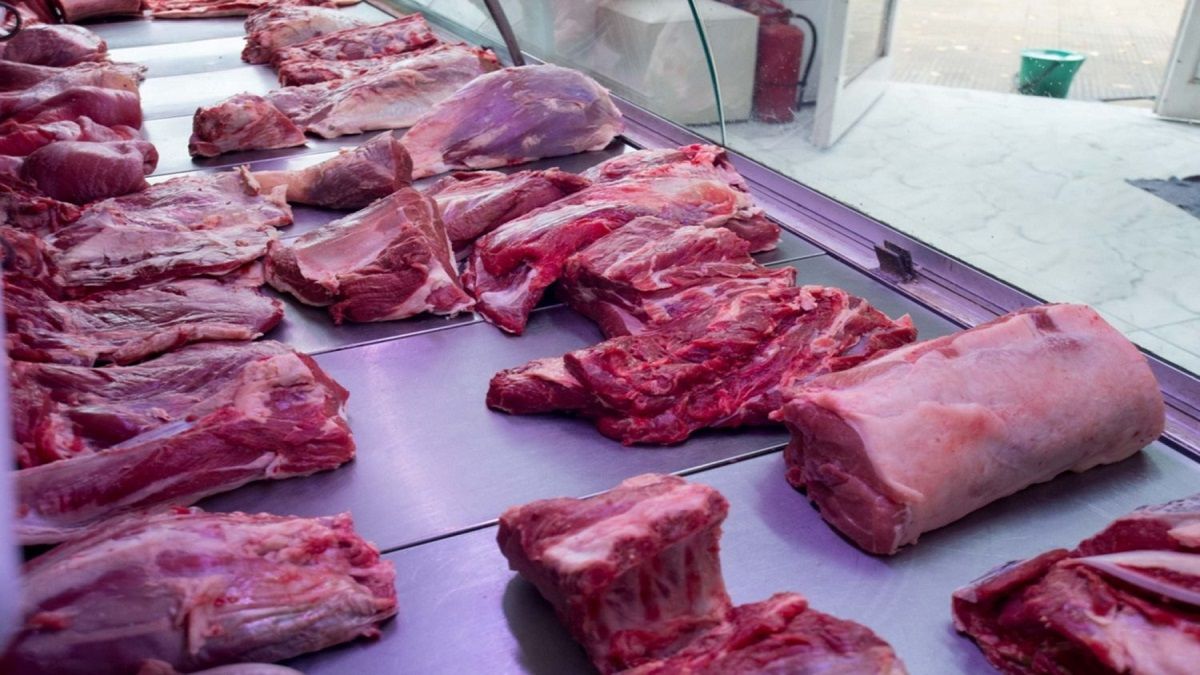In the case of meat, they are analyzing policies on the supply side: how to guarantee a greater supply, through intensive fattening of calves and steers, and that the feedlot speed up slaughter completion processes. They will not completely close exports as happened in 2021, an election year, and even in the case of the 7 cuts that remain prohibited for export, they are analyzing the possibility of making the measure more flexible.
In 2022, meat rose well below inflation, due to the drought: increased 62% in Greater Buenos Aires, according to INDEC, against inflation of 94.8%. However, at the start of 2023 it took a leap and the transfer to the counter is expected to be at least 15%. The speed of recovery of the lost will be marked by the limits imposed by internal demand.
There are other foods where the Government observes different problems, with no solutions in sight. One is the case of dairy, whose production grows only 1% per year, with massive closures of dairy farms. Others are fresh: Fruit and vegetables returned to lead the rises in the INDEC CPI in January, as far as he could know Ambit. In 2022, the prices of fruits climbed 129.1%, while vegetables 174.4%. Since Paula Español’s management at the Secretary of Commerce, she has been studying how to contain these prices in agreements such as Precios Cuidados or Precios Justos, without success.
Regarding supply, despite the drought, the Agriculture measure to extend shipments led to wheat reaching the domestic market, and thus avoiding jumps in the prices of noodles, flour and bread. “What we are going to lose is the exportable balance,” said an official source. However, the magnifying glass is on the supply of corn for the March-May period, since a liberalization would impact the poultry, pork, dairy and meat chains, which employ more than 200,000 people. They do not rule out analyzing exports.
Source: Ambito




